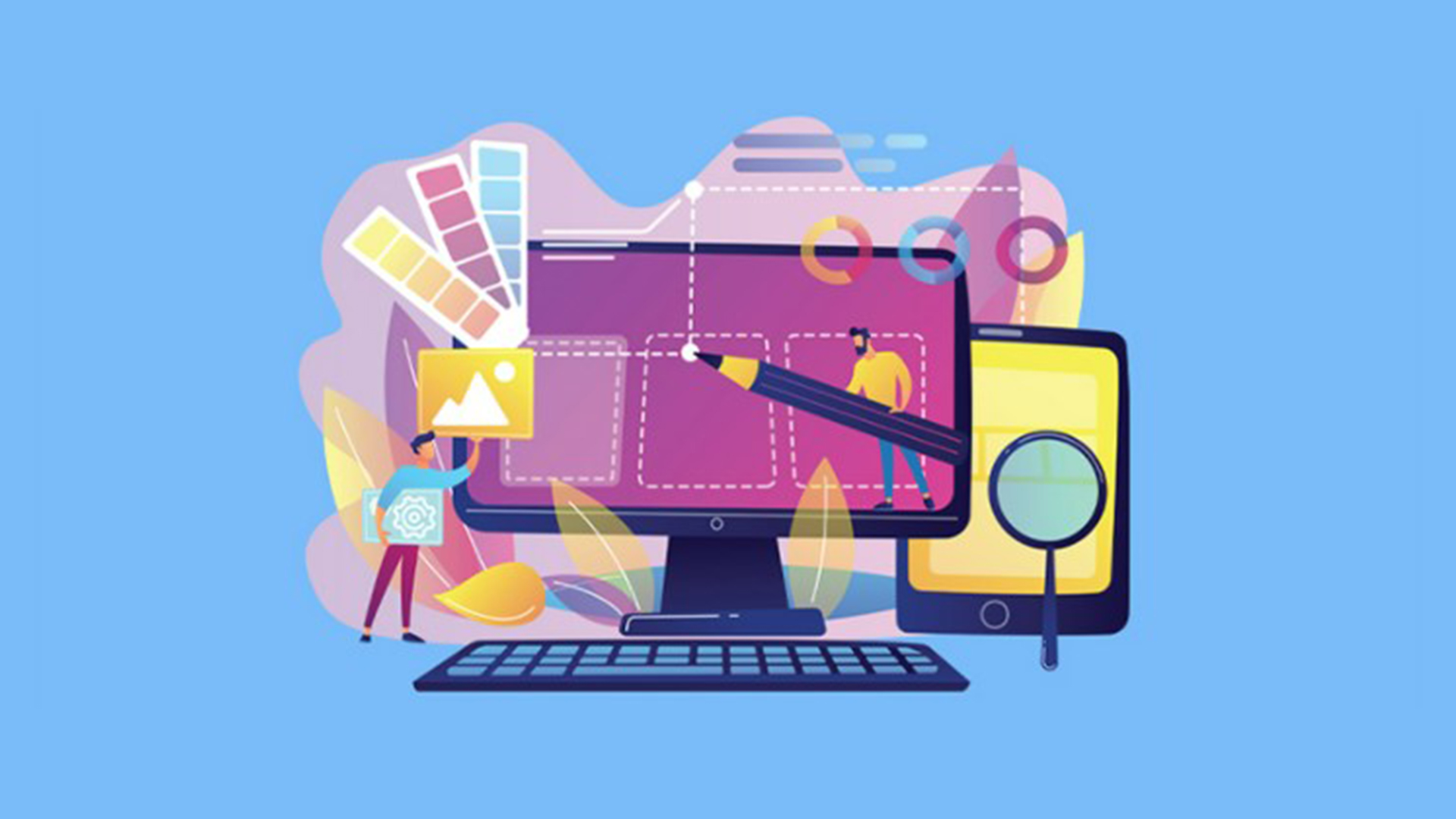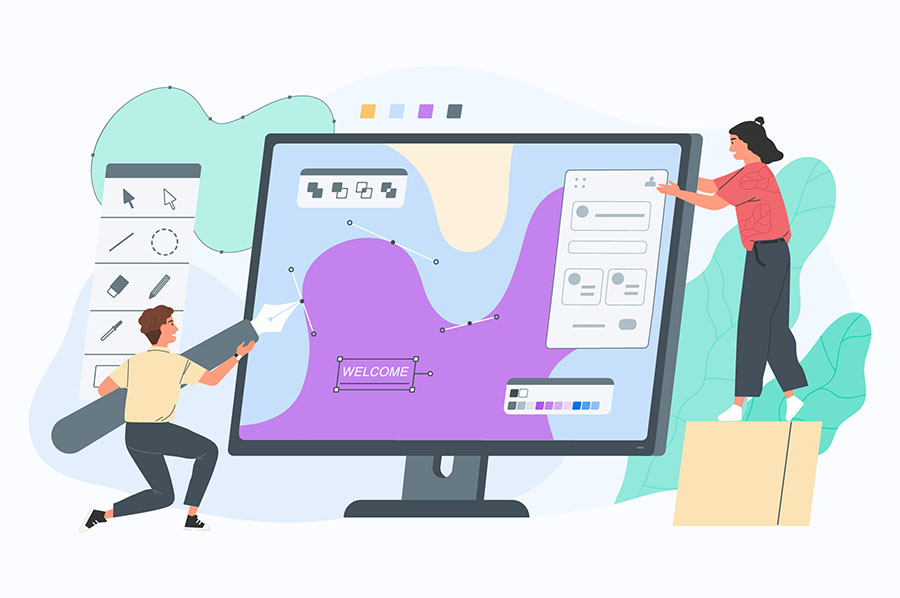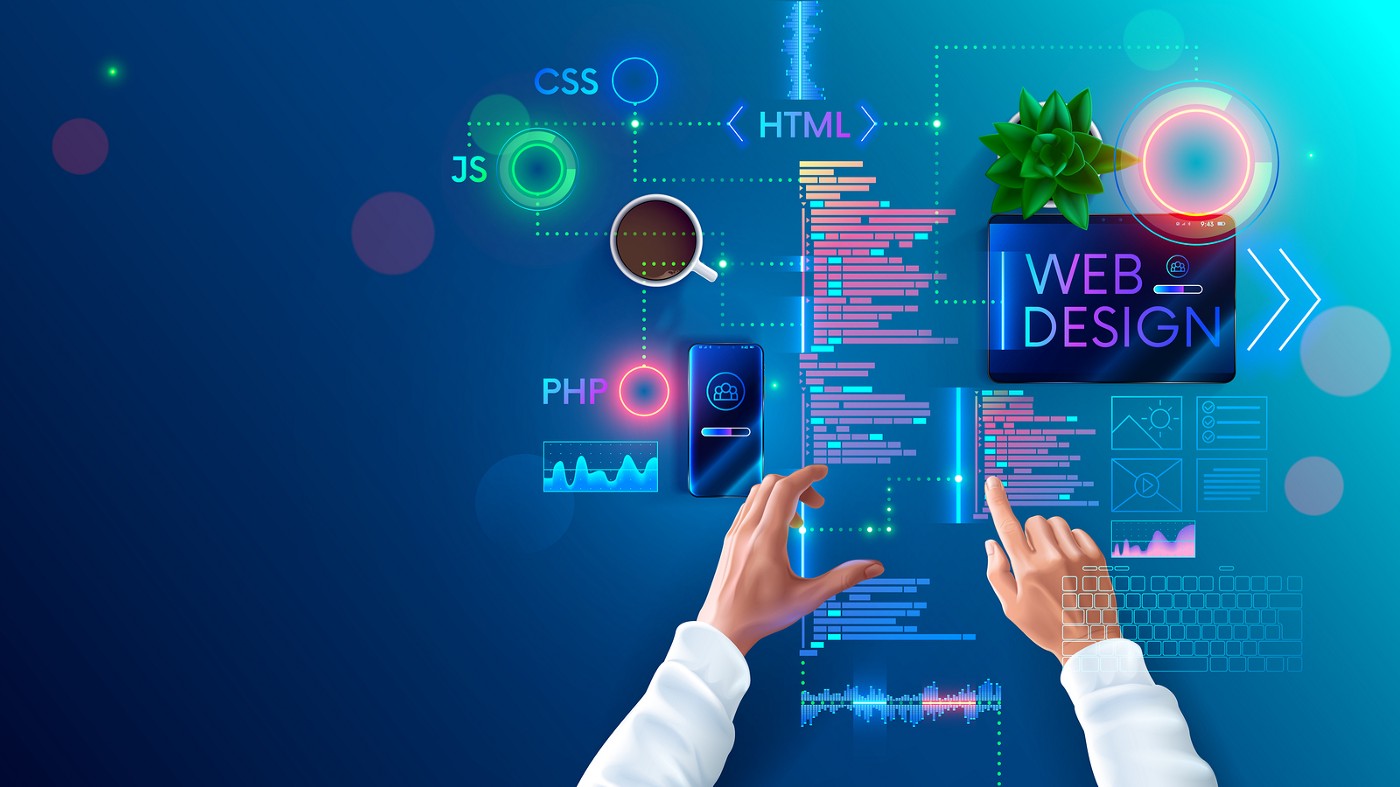All Categories
Featured
Table of Contents
- – Web Design - Uci Division Of Continuing Educat...
- – 10 Good Deeds In Web Design - Nielsen Norman ...
- – Web Design - Wikipedia Tips and Tricks:
- – Top Web Design Agencies Ranked - 2022 Reviews...
- – Web Design - Entrepreneur Tips and Tricks:
- – Web Design Certificate - Web Development Cert...
- – Web Design Definition - Techterms Tips and T...
- – Beginner's Guide: How To Learn Web Design At...
- – Web Design - Website Design Tutorials, Artic...
- – 12 Essential Tips For Improving Your Web Des...
- – Web Design Software By Xara Tips and Tricks:
Web Design - Uci Division Of Continuing Education Tips and Tricks:
Quick summary Use and the utility, not the visual style, identify the success or failure of a site. Since the visitor of the page is the only individual who clicks the mouse and therefore chooses everything, user-centric style has established as a basic approach for effective and profit-oriented web style - web design frederick md.
and the utility, not the visual design, determine the success or failure of a site. Because the visitor of the page is the only individual who clicks the mouse and therefore chooses whatever, user-centric style has actually become a standard approach for effective and profit-oriented website design. After all, if users can't use a feature, it might too not exist.
g. where the search box ought to be positioned) as it has already been done in a number of articles; instead we focus on the methods which, utilized properly, can result in more sophisticated style choices and simplify the process of viewing provided details. Please notice that you may be thinking about the usability-related posts we have actually published prior to: Concepts Of Great Website Design And Reliable Web Style Guidelines, In order to use the concepts properly we first need to understand how users communicate with sites, how they think and what are the basic patterns of users' behavior.
10 Good Deeds In Web Design - Nielsen Norman Group Tips and Tricks:
Visitors look at each brand-new page, scan some of the text, and click on the first link that catches their interest or vaguely looks like the thing they're looking for. There are large parts of the page they do not even look at. Many users search for something intriguing (or helpful) and clickable; as quickly as some promising prospects are found, users click.
If a page offers users with premium content, they are willing to jeopardize the content with ads and the design of the site. This is the reason not-that-well-designed websites with top quality material gain a lot of traffic over years. Material is more crucial than the design which supports it.

Extremely basic principle: If a website isn't able to meet users' expectations, then designer failed to get his task done properly and the company loses cash. The higher is the cognitive load and the less instinctive is the navigation, the more ready are users to leave the site and search for alternatives.
Web Design - Wikipedia Tips and Tricks:
Neither do they scan web page in a linear style, going sequentially from one website area to another one. Rather users satisfice; they select the very first reasonable choice. As quickly as they discover a link that seems like it might lead to the goal, there is a great possibility that it will be instantly clicked.
It does not matter to us if we comprehend how things work, as long as we can use them. If your audience is going to imitate you're developing signboard, then design excellent signboards." Users wish to have the ability to manage their internet browser and count on the constant data discussion throughout the website.
If the navigation and website architecture aren't instinctive, the number of question marks grows and makes it harder for users to understand how the system works and how to obtain from point A to point B. A clear structure, moderate visual clues and quickly recognizable links can help users to discover their path to their objective.
Top Web Design Agencies Ranked - 2022 Reviews - Clutch.co Tips and Tricks:

claims to be "beyond channels, beyond items, beyond distribution". What does it indicate? Because users tend to explore websites according to the "F"-pattern, these 3 statements would be the very first components users will see on the page once it is filled. Although the design itself is basic and intuitive, to understand what the page is about the user needs to look for the response.
Once you've attained this, you can interact why the system is beneficial and how users can benefit from it. Don't Misuse Users' Persistence, In every project when you are going to provide your visitors some service or tool, attempt to keep your user requirements minimal.
First-time visitors want to, not filling long web forms for an account they may never utilize in the future. Let users explore the site and find your services without forcing them into sharing personal data. It's not reasonable to require users to go into an email address to evaluate the feature.
Web Design - Entrepreneur Tips and Tricks:
Stikkit is an ideal example for an user-friendly service which needs practically nothing from the visitor which is unobtrusive and reassuring. Which's what you want your users to feel on your web site. Obviously, Termite requires more. However the registration can be performed in less than 30 seconds as the type has horizontal orientation, the user does not even need to scroll the page.
A user registration alone is sufficient of an obstacle to user navigation to cut down on incoming traffic. Handle To Focus Users' Attention, As sites provide both fixed and vibrant content, some aspects of the user interface attract attention more than others do.
Focusing users' attention to specific areas of the website with a moderate usage of visual aspects can help your visitors to get from point A to point B without thinking of how it really is expected to be done. The less question marks visitors have, the they have and the more trust they can establish towards the company the site represents.
Web Design Certificate - Web Development Certificate Program Tips and Tricks:
4. Make Every Effort For Function Direct exposure, Modern website design are generally criticized due to their approach of assisting users with visually appealing 1-2-3-done-steps, large buttons with visual impacts etc. But from the design point of view these elements in fact aren't a bad thing. On the contrary, such as they lead the visitors through the site material in a very basic and easy to use way.
The website has 9 primary navigation choices which are noticeable at the first look. The choice of colors might be too light, though. is a fundamental principle of effective interface style. It does not really matter how this is accomplished. What matters is that the material is well-understood and visitors feel comfortable with the way they connect with the system.
Rather a rate: simply what visitors are looking for. An optimum service for efficient writing is touse brief and succinct phrases (come to the point as rapidly as possible), usage scannable design (categorize the material, use several heading levels, use visual elements and bulleted lists which break the circulation of uniform text blocks), usage plain and unbiased language (a promotion doesn't need to sound like advertisement; offer your users some affordable and unbiased reason why they need to utilize your service or remain on your website)6.
Web Design Definition - Techterms Tips and Tricks:
Users are hardly ever on a site to delight in the design; additionally, in many cases they are trying to find the info regardless of the style - web design frederick md. Make every effort for simpleness instead of intricacy. From the visitors' point of view, the very best website style is a pure text, with no advertisements or more content blocks matching precisely the question visitors utilized or the material they have actually been searching for.
Finch clearly provides the info about the website and provides visitors a choice of alternatives without overcrowding them with unneeded content. Not just does it assist to for the visitors, however it makes it possible to view the information provided on the screen.
Complex structures are harder to read, scan, examine and work with. If you have the choice between separating 2 design sectors by a visible line or by some whitespace, it's typically better to use the whitespace option. (Simon's Law): the better you handle to offer users with a sense of visual hierarchy, the simpler your material will be to view.
Beginner's Guide: How To Learn Web Design At Home - Medium Tips and Tricks:
The exact same conventions and rules need to be used to all elements.: do the most with the least amount of hints and visual elements. Clarity: all components should be created so their meaning is not uncertain.
Conventions Are Our Buddies, Conventional design of site components doesn't result in a boring website. In truth, as they decrease the learning curve, the need to find out how things work. It would be an usability problem if all sites had various visual presentation of RSS-feeds. That's not that various from our regular life where we tend to get used to basic concepts of how we organize data (folders) or do shopping (placement of products).
comprehend what they're getting out of a website navigation, text structure, search placement etc. A normal example from usability sessions is to translate the page in Japanese (presuming your web users don't understand Japanese, e. g. with Babelfish) and supply your functionality testers with a task to discover something in the page of various language.
Web Design - Website Design Tutorials, Articles And Free Stuff Tips and Tricks:
Steve Krug recommends that it's better to, but take advantages of conventions when you don't. 10. Test Early, Test Often, This so-called TETO-principle ought to be used to every web style project as use tests frequently provide into considerable problems and problems related to a given design. Test not too late, not insufficient and not for the wrong factors.
Some crucial points to bear in mind: according to Steve Krug, and testing one user early in the project is much better than testing 50 near completion. Accoring to Boehm's first law, mistakes are most regular during requirements and style activities and are the more costly the later they are eliminated.
That indicates that you develop something, test it, repair it and then check it once again. There might be problems which have not been found during the very first round as users were practically obstructed by other issues.
12 Essential Tips For Improving Your Web Design In 2022 Tips and Tricks:

This holds for designers also. After you have actually dealt with a website for few weeks, you can't observe it from a fresh point of view anymore. You understand how it is developed and therefore you know precisely how it works you have the wisdom independent testers and visitors of your website wouldn't have.
It can be linked to other areas such as graphic style, user experience, and multimedia arts, however is more aptly seen from a technological perspective. It has ended up being a big part of individuals's everyday lives. It is hard to imagine the Web without animated graphics, different designs of typography, background, videos and music.

Throughout 1991 to 1993 the World Wide Web was born. Text-only pages could be viewed utilizing an easy line-mode web browser. In 1993 Marc Andreessen and Eric Bina, developed the Mosaic web browser. At the time there were multiple internet browsers, nevertheless the bulk of them were Unix-based and naturally text heavy. There had been no integrated approach to graphic design aspects such as images or sounds.
Web Design Software By Xara Tips and Tricks:
The W3C was developed in October 1994 to "lead the Web to its complete potential by establishing typical procedures that promote its advancement and guarantee its interoperability." This dissuaded any one company from monopolizing a propriety browser and programming language, which might have modified the impact of the Internet as a whole.
As this has actually taken place the innovation of the web has actually likewise proceeded. There have also been substantial modifications in the method people use and access the web, and this has changed how sites are developed. Since completion of the browsers wars [] new web browsers have been launched. Much of these are open source indicating that they tend to have much faster advancement and are more supportive of brand-new requirements.
Learn more about Lovell Media Group LLC or TrainACETable of Contents
- – Web Design - Uci Division Of Continuing Educat...
- – 10 Good Deeds In Web Design - Nielsen Norman ...
- – Web Design - Wikipedia Tips and Tricks:
- – Top Web Design Agencies Ranked - 2022 Reviews...
- – Web Design - Entrepreneur Tips and Tricks:
- – Web Design Certificate - Web Development Cert...
- – Web Design Definition - Techterms Tips and T...
- – Beginner's Guide: How To Learn Web Design At...
- – Web Design - Website Design Tutorials, Artic...
- – 12 Essential Tips For Improving Your Web Des...
- – Web Design Software By Xara Tips and Tricks:
Latest Posts
Html Responsive Web Design - W3schools Tips and Tricks:
Web Design Projects - Behance Tips and Tricks:
Mrw Web Design - Wordpress Websites For Nonprofits ... Tips and Tricks:
More
Latest Posts
Html Responsive Web Design - W3schools Tips and Tricks:
Web Design Projects - Behance Tips and Tricks:
Mrw Web Design - Wordpress Websites For Nonprofits ... Tips and Tricks: